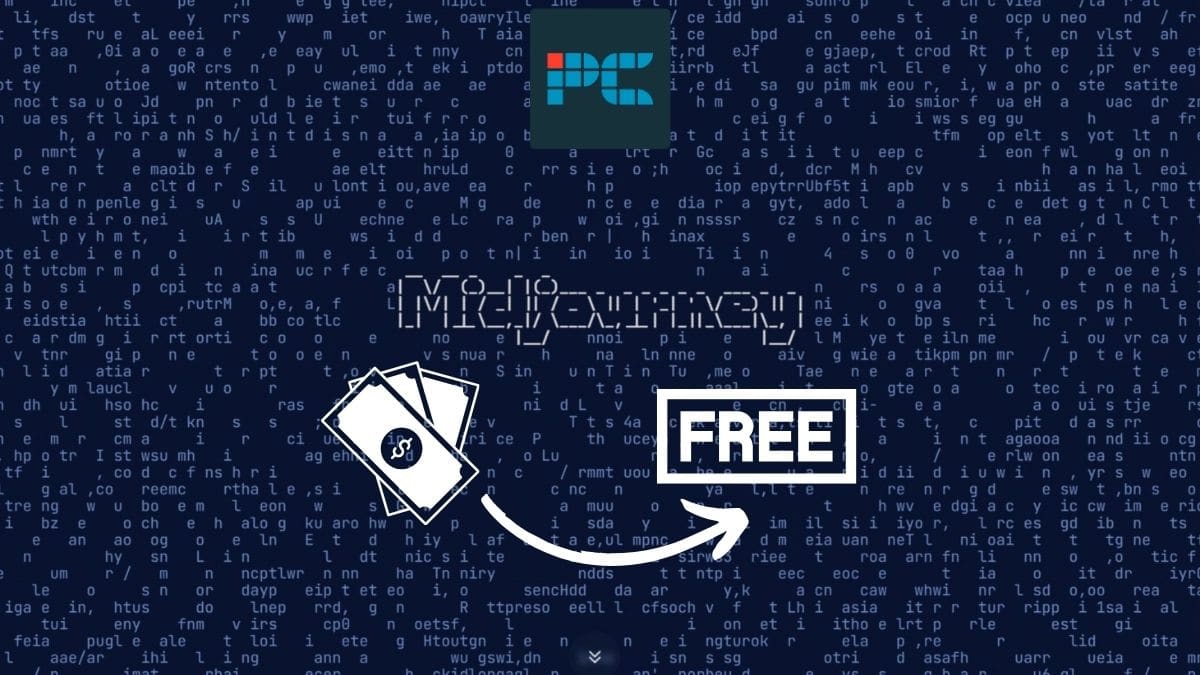AnimateAnyone allows anyone to turn an image into an animation. This is no ordinary generative AI video tool, for a number of reasons. With one-click motion tracking, an image of an object becomes footage of a moving object. You can even turn a photo of a person into footage of them dancing, as demonstrated by its creator, Stelfie. The mysterious 41-year-old developer, who claims to have traveled through time to deliver this software, plans to make it open-source. So what can it do, and how might it be used?
What is AnimateAnyone?
AnimateAnyone is an AI tool that allows anyone to turn an image into an animation. It’s substantially different from any other image-to-video AI tool, in that a person in the image will move like human with defined limbs and joints, moving in 3D space. The background will remain static, and the result is quite a convincing video of the person in question.
Its creator, who goes by the pseudonym Stelfie online (and doesn’t publish his real name anywhere), published the project on GitHub on December 3rd, 2023, before announcing it on X (formerly Twitter).
With no video editing or VFX involved, customizing the movement of an object and producing convincing real-world footage is game-changing. The motion graphics applications of this technology are endless, such as animating your logo into GIFs for social media. No doubt we will soon be seeing an AI-generated dance video craze across Snapchat and TikTok.
Essential AI Tools

Content Guardian – AI Content Checker – One-click, Eight Checks

Jasper AI

WordAI

Copy.ai

Writesonic
How does AI motion tracking work?
The software takes two inputs. Firstly, the input image. This defines the immediate visual component of the output (e.g. the scene, the colors, the objects, flora, and fauna involved). Secondly, motion data. This data is not visible of course, but it affects how the objects, flora, and fauna of the reference image will move in the aforementioned scene. Motion data can be three-dimensional, meaning that a person will be able to move in three dimensions. The result is inconsistently realistic at present, but some examples are impressively convincing. Most, however, aren’t.
While not as high-quality as tools like Stable Video Diffusion, it will improve over time, as all software does. While few examples would fool few people today, it’s reasonable to expect that most results could fool most people in a years time. Is this a good thing or a bad thing? Time will tell.
AI safety and deepfake concerns
There are some very serious negative applications for this kind of technology. If we assume that AI motion tracking will be used in the same way as (probably) 10 – 30% of the internet, then we should hope that laws and regulations catch up fast — especially with tools like this becoming open-source.





